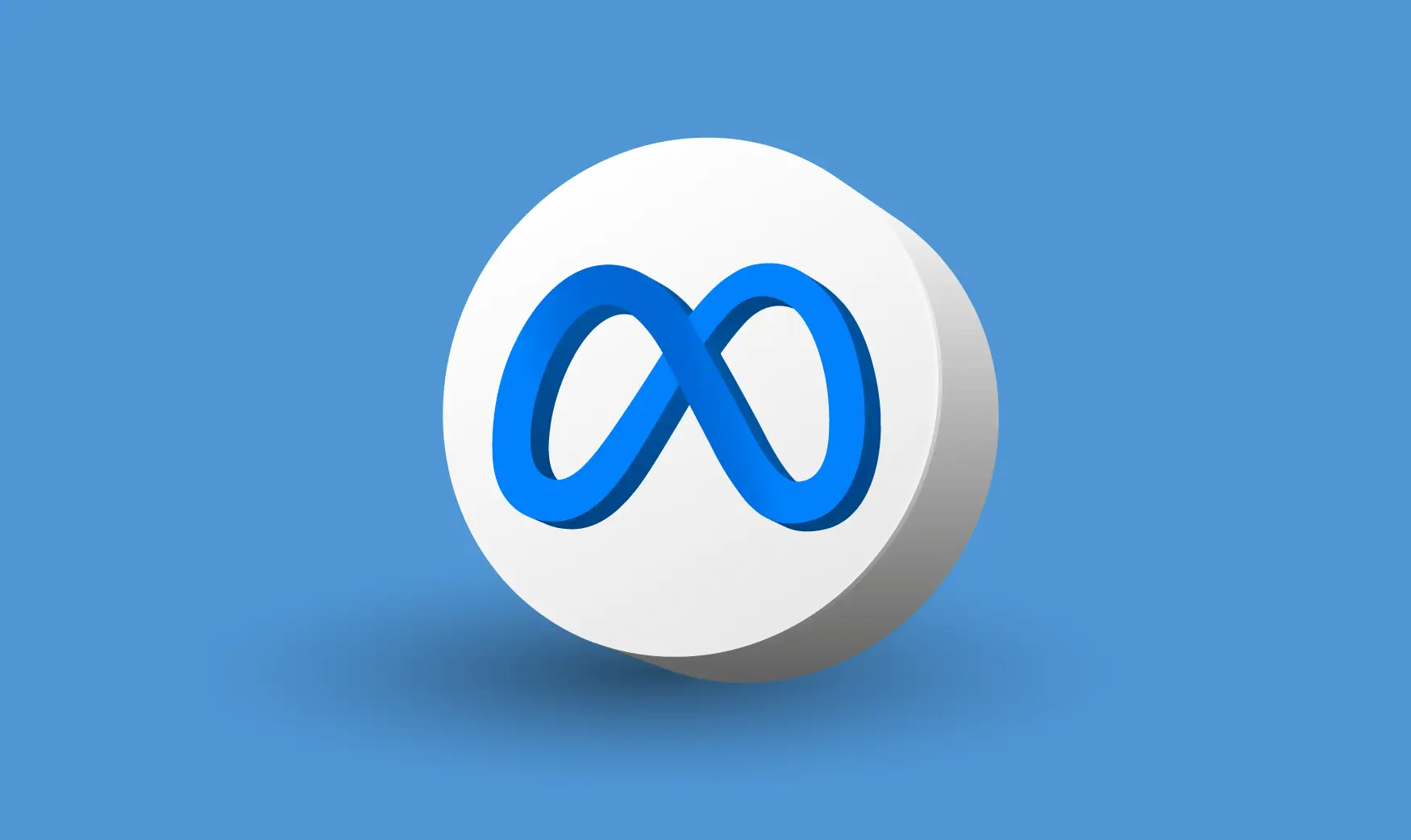Types of mobile apps and their characteristics – native apps, cross-platform, web apps, hybrid apps. Although apps all look similar on the surface, there are many different ways to create mobile applications. Depending on the nature of the app and the type of service, choosing how to develop the app is an important issue to consider for the smooth operation of the app.
Native Apps: Tailor-made applications for each platform
Anyone familiar with both Windows and Mac will know that these two computers use different operating systems. Different operating systems mean that not only the design of the screen is different, but also the way the computer works, the way you use it, and the programs you can run. For example, the Windows version of MS Word cannot be installed on a Mac, Final Cut, a video editor developed by Apple, can only be used on a Mac, and Photoshop has separate versions for Windows and iOS.
The native method is to build according to the method that Android and iOS each decided on, ‘If you want to make an app that runs on our operating system, you must use this language and tools!’ Of course, languages and tools can change with the times. In the past, Android apps were created using Java and Eclipse. Today, however, a language called Kotlin is also widely used, and Android Studio has become an official tool. These created apps can be uploaded to the App Market and used on Android smartphones. Of course, this is also useless on iPhones using iOS. To develop apps for iPhone, you need to learn a language called Swift and use a tool called Xcode. There are many differences between Android and iOS not only in language but also in the way various screen elements and functions are implemented.
Since native apps are developed using the Android method for Android smartphones and the iOS method for iPhones, all functions of each smartphone can be used and performance can be maximized. This is because it is developed in a form optimized for the operating device. Therefore, it is better to make native apps for apps that require detailed handling of in-device devices such as cameras, GPS, and Bluetooth, or that require maximum use of performance, such as video editing apps.
Cross-platform: Android and iOS versions at once with the same source code
There was a lot of thought and effort to solve the hassle of developing one mobile app with two operating systems, and as a result, a cross-platform framework was created. Cross-Platform is a development tool that creates apps that can work on both Android and iOS versions with the same source code. Representatively, there is Flutter released by Google, React Native by Facebook, and .NET Maui (formerly known as Xamarin) by Microsoft.
Cross-platform allows apps from both camps to be programmed in one language. Flutter uses a language called Dart, React Native uses JavaScript, and .NET Maui uses C#. There is also a unified way to implement features on Android and iOS. Because of this, cross-platform makes it easier and less resource-intensive to build applications than native apps on each platform.
Because of these characteristics, cross-platform frameworks are primarily used to build apps with relatively simple functionality on devices with limited resources. For example, it is suitable for developing apps that do not require high performance while utilizing basic smartphone functions such as calendar and camera, as schedule management apps, shopping apps, and photo editing apps.
Web App: A website that looks like a mobile app
A web app is a website that allows you to view the same content on any device, regardless of the model or device of your smartphone. A website designed to be used on mobile devices in a responsive or adaptive way.
A web app is not an application that is downloaded and installed from the app market, but an application that can be used by accessing a browser such as Chrome or Safari. Broadly, it refers to all websites that are designed to be used on mobile devices, and narrowly refers to websites that provide similar design and UI/UX to other smartphone applications.
However, the website does not support the bookmarks, reading list, recent tabs, and history check functions supported by the app. A website that supports a UI/UX similar to that of a mobile app is called a web app.
Hybrid Apps: Native App Advantages + Web App Advantages
The web and app screens are largely identical. This can be inferred that the app is actually created as a website. However, unlike when accessing from a browser, when accessing from the app, you can use additional features such as voice search or QR code search. An app that provides most of the app’s content as a website, with additional features available in a native app, is called a hybrid app. If you want to create app like WhatsApp hybrid apps could be an option.
The principle behind hybrid apps is simple. Create an app in a native or cross-platform way, but instead of directly creating elements within the screen, create an element called a web view that acts as a browser and opens a web screen instead. Then, the web view connects to the specified address and displays the website created in the form of a web app on the screen. Through this web view, users use the features created by the website as if they were app features. Also, hardware functions that cannot be provided by the website, such as cameras and push notifications, should be performed by the native side.



